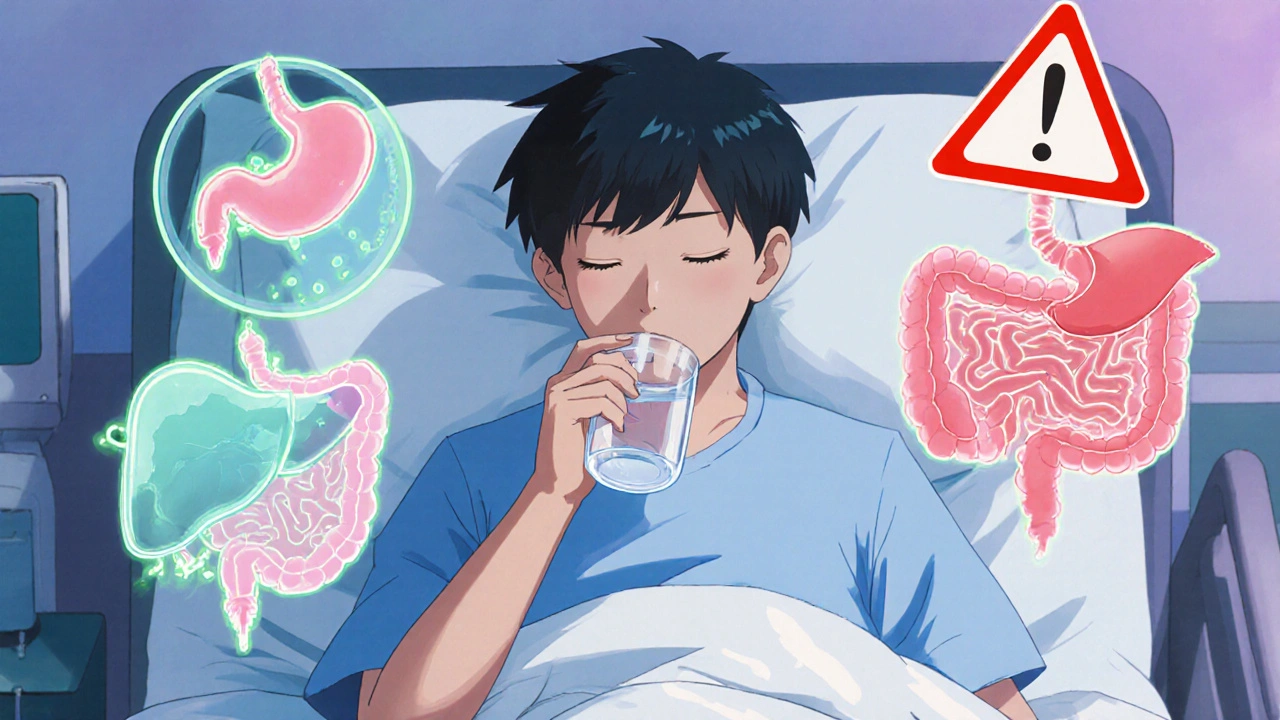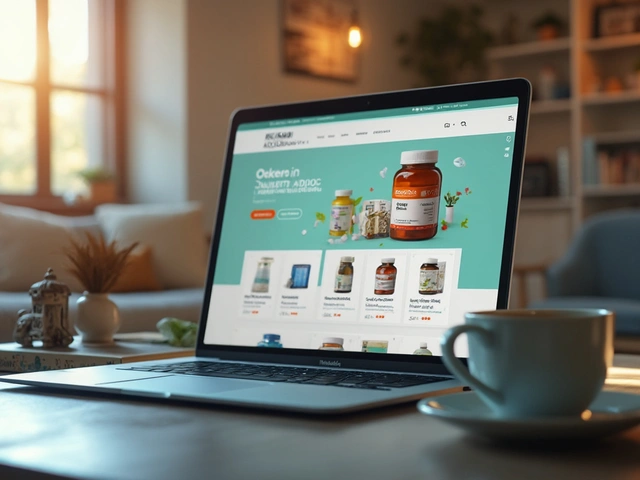Drug Delivery Methods: How Medications Reach Your Body and Why It Matters
When you take a pill, use an inhaler, or get a shot, you’re using a drug delivery method, the way a medicine is introduced into the body to achieve its intended effect. Also known as route of administration, it’s not just about how you take your medicine—it’s about whether it works at all. A drug can be powerful, but if it’s delivered the wrong way, it might not reach the right place, or it could break down before it even starts working.
Think about oral medication, drugs taken by mouth, like pills or liquids. This is the most common method because it’s easy and non-invasive. But not every drug survives the stomach’s acid or gets absorbed well through the gut. That’s why some medicines, like insulin or certain painkillers, need to go straight into the bloodstream through injectable drugs, shots given under the skin, into muscle, or directly into a vein. These bypass the digestive system entirely, giving you faster, more predictable results. Then there’s transdermal patches, stick-on delivery systems that release medicine slowly through the skin. These are great for steady, long-term dosing—like nicotine patches for quitting smoking or hormone patches for menopause. And if you’re dealing with asthma or COPD, inhalers, devices that deliver medicine directly to the lungs, make all the difference because they target the problem right where it is, with fewer side effects than swallowing pills.
Why does this all matter? Because the delivery method affects how fast you feel relief, how long it lasts, and even what side effects you get. A pill might take an hour to kick in, but an IV shot works in minutes. A patch avoids stomach upset, but might cause skin irritation. Your doctor doesn’t pick a delivery method by accident—they’re choosing the best path for your body, your condition, and your lifestyle. That’s why you’ll see so many posts here comparing treatments like Ponstel, Snovitra, or tretinoin: each one uses a different delivery approach to get the job done. Whether it’s a cream on your skin, a tablet in your mouth, or a spray in your nose, the route changes everything. Below, you’ll find real comparisons and guides that break down exactly how these methods work—and which one might be right for you.
Oral vs Injection vs Topical: How Route of Administration Affects Side Effects
By Lindsey Smith On 28 Oct, 2025 Comments (10)

Learn how oral, injection, and topical drug routes affect side effects, effectiveness, and safety. Compare bioavailability, risks, costs, and patient experiences to make smarter choices.
View More




